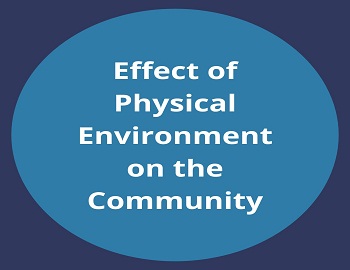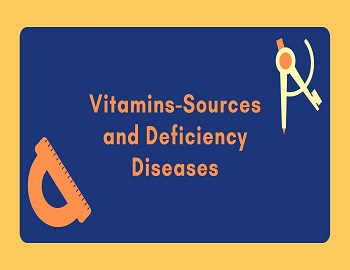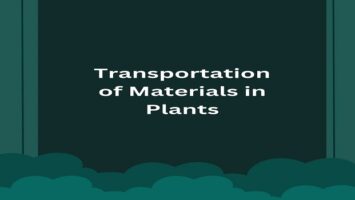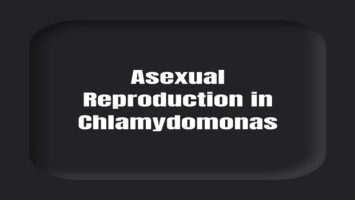Effect of Physical Environment on the Community:
A community needs non-living or abiotic components which are obtained from the physical environment. The physical environment includes soil, mineral nutrients, rainfall, humidity, sunlight and temperature. There are different environments in different regions of the earth. Therefore, animal and plant communities also differ from region to region. In any region, only those animals and plants can live which are adapted to that environment.
Generally, only one component plays a dominant role in determining the nature of a community. It can be explained by the following examples-
(1) A community containing fruit-bearing trees consists of mainly fruit-eating (frugivorous) bats and insects.
(2) In a grassland, only seed-eating birds, mice, voles and predatory birds living on other animals lower down the food chain, are found.
(3) In a marsh, the quality and quantity of available water determine the type of species found there. These may be frogs, toads, fish, water insects and water birds.
(4) In a water body aquatic plants adapted to different intensities of light may be found either at the surface or at different depths in the water.
(5) In the sea, animals and plants are adapted for a higher concentration of salt. If kept in freshwater, these plants and animals will not survive due to the excessive inflow of water in the body.
(6) In grassland, grazing and burrowing animals like antelope, deer, rabbits, ground squirrels and prairie pigeons, hawks and larks are found.









Comments (No)